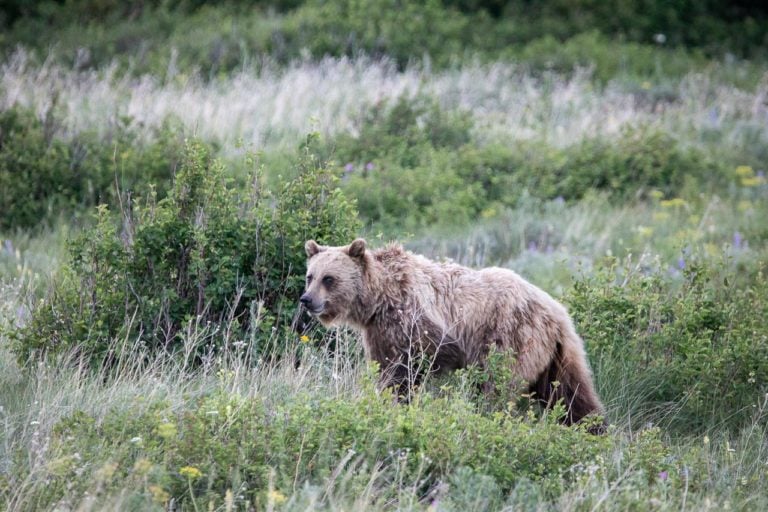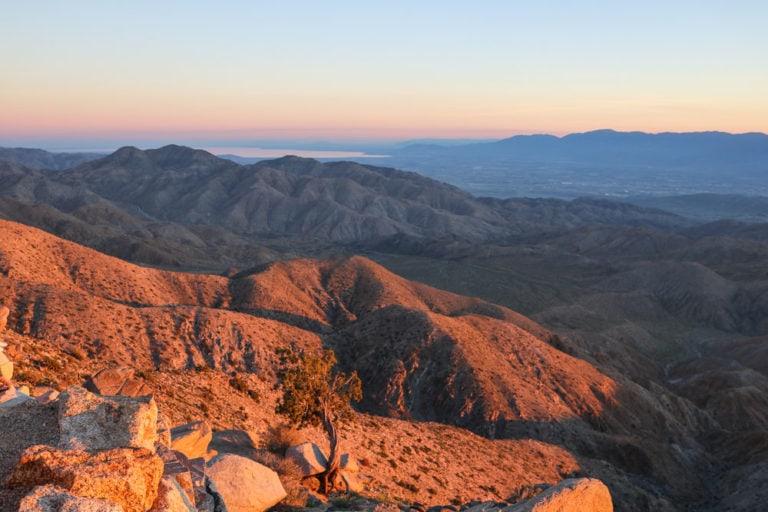Fort Vancouver National Historic Site: A Journey Through Time in the Pacific Northwest
If you’re planning a trip to the Pacific Northwest and love a mix of history, nature, and a little bit of aviation, put Fort Vancouver National Historic Site at the top of your list.
Located just across the river from Portland, Oregon, in Vancouver, Washington, this unique national site offers visitors the opportunity to explore a richly layered past—from indigenous history and the fur trade era to military significance and aviation achievements.
Managed by the National Park Service, Fort Vancouver is a must-visit destination for history buffs, families, school groups, and travelers eager to connect with the stories that shaped the region.
Whether you’re a history buff, a family looking for an educational day trip, or just someone who loves exploring cool places off the beaten path, Fort Vancouver has something for everyone. Here’s your complete guide to what makes this national historic site such a special destination.
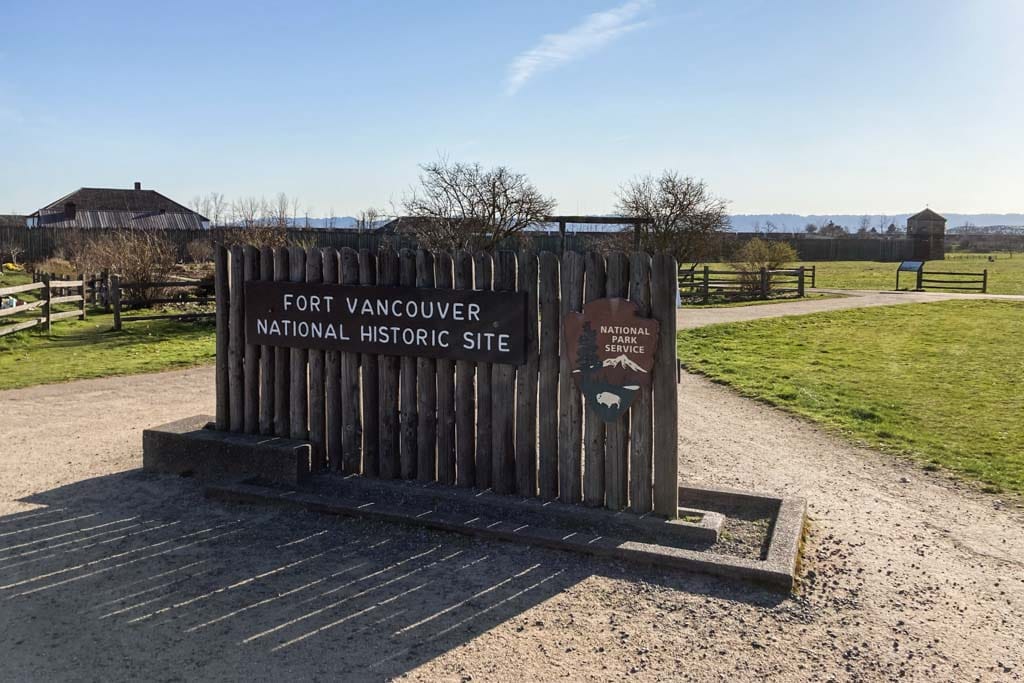
A Brief History of Fort Vancouver
Let’s rewind to the 1820s. The story of Fort Vancouver begins in 1825, when the Hudson’s Bay Company (HBC), a powerful British fur trading enterprise, established the fort as its regional headquarters for operations in the Columbia Department, which encompassed much of the Pacific Northwest.
Under the leadership of Chief Factor John McLoughlin, Fort Vancouver grew into the center of economic, administrative and cultural activity in the Pacific Northwest. Think of it as the regional headquarters for fur trade operations that spanned from the Rockies all the way to the Pacific Ocean.
It was a hub of the fur trade and supported a diverse community of trappers, traders, Native Americans, Hawaiians (Kanaka workers), Métis, and settlers. The fort’s location along the Columbia River made it strategically ideal for trade and transportation.
Following the signing of the Oregon Treaty in 1846, which resolved border disputes between the United States and Britain, the area officially became part of U.S. territory. The U.S. Army established the Vancouver Barracks in 1849, on a ridge just above the old HBC fort, marking the beginning of the fort’s long military legacy.
Today, Fort Vancouver National Historic Site comprises multiple units, including the reconstructed Fort Vancouver, the Vancouver Barracks, Pearson Air Museum, and the McLoughlin House unit in Oregon City. Together, they tell the fascinating story of the region’s development and America’s westward expansion.

Main Attractions at Fort Vancouver National Historic Site
1. The Reconstructed Fort Vancouver
The centerpiece of the historic site is the fully reconstructed Hudson’s Bay Company fort, built on the original archaeological footprint. Walking through its tall wooden palisades is like stepping back into the early 19th century. Visitors can explore:
- The Chief Factor’s House: A stately structure that served as the residence for John McLoughlin and other company leaders. The home is furnished with period pieces and reflects the high social status of HBC officials.
- The Fur Store: This building showcases the fur trade economy. Visitors can learn how pelts were processed, stored, and shipped to Britain and Asia.
- The Blacksmith Shop and Carpenter’s Shop: These working trades buildings feature live demonstrations by costumed interpreters, who demonstrate 1800s craftsmanship techniques.
- The Bake House: Another essential feature of the fort, where bread was baked daily for the fort’s residents. You can often catch the scent of fresh bread during interpretive programs.
- The Garden: A beautifully reconstructed historical garden that features plants and herbs grown during the fort’s heyday. It illustrates the self-sustaining lifestyle of the HBC community.
Tip: Talk to the park rangers and costumed interpreters stationed throughout the fort—they offer incredible insights and often share personal stories from the perspectives of historical figures.
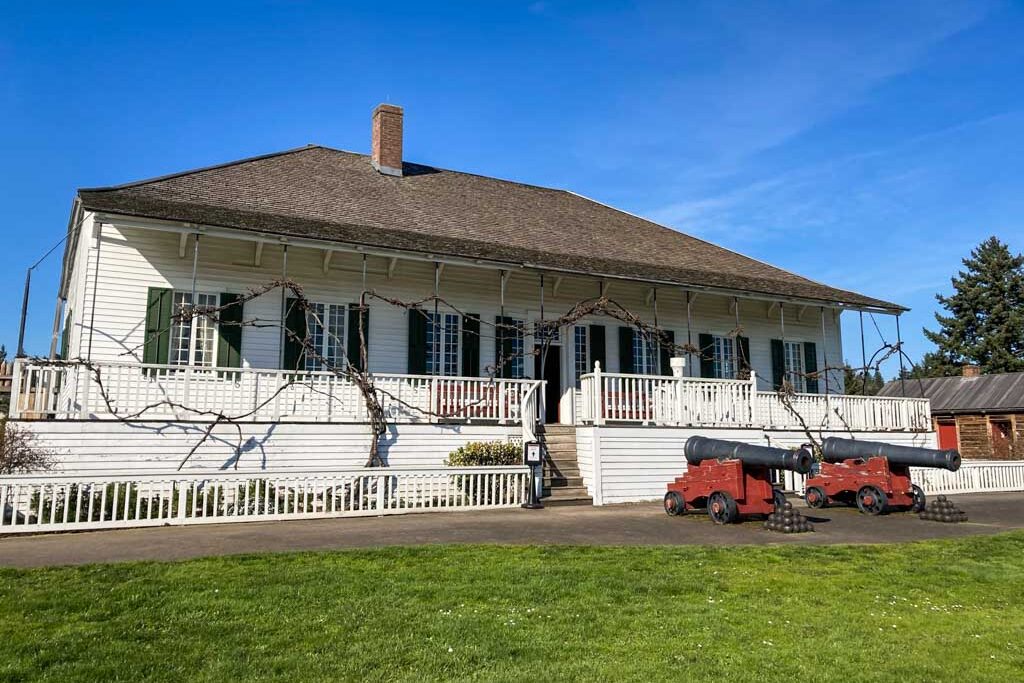
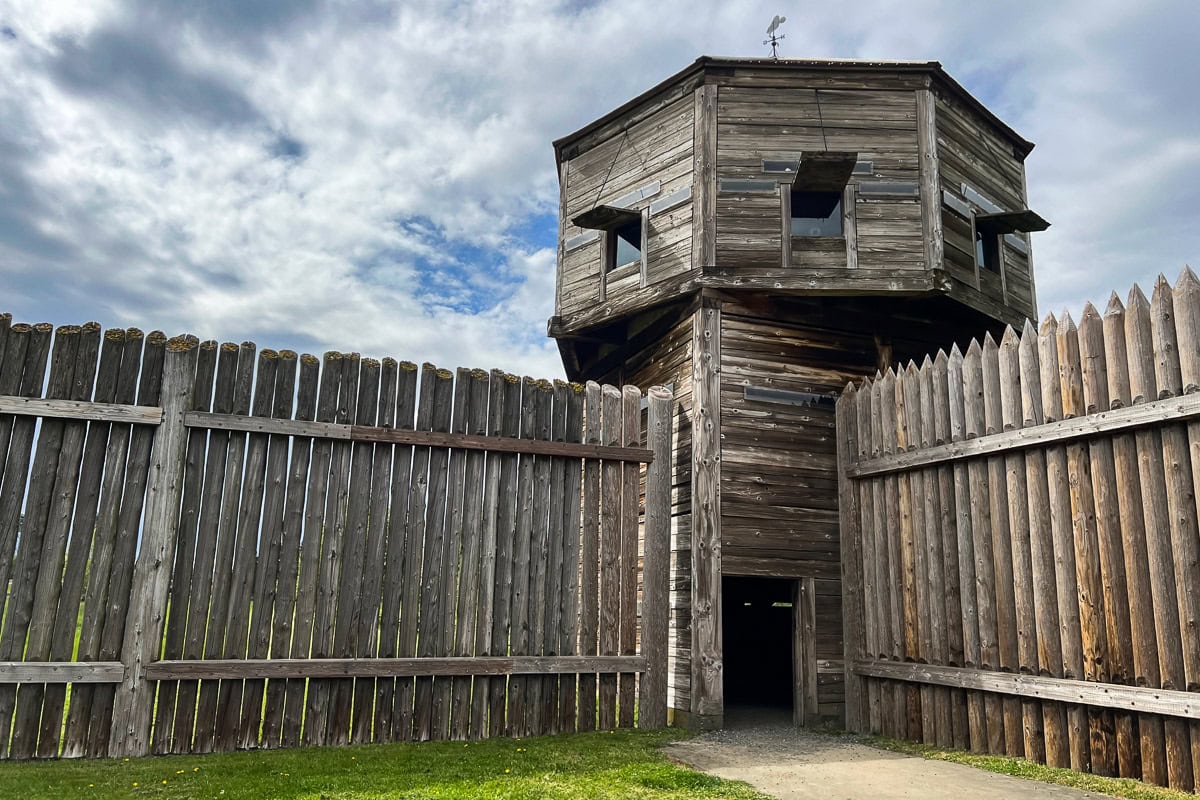
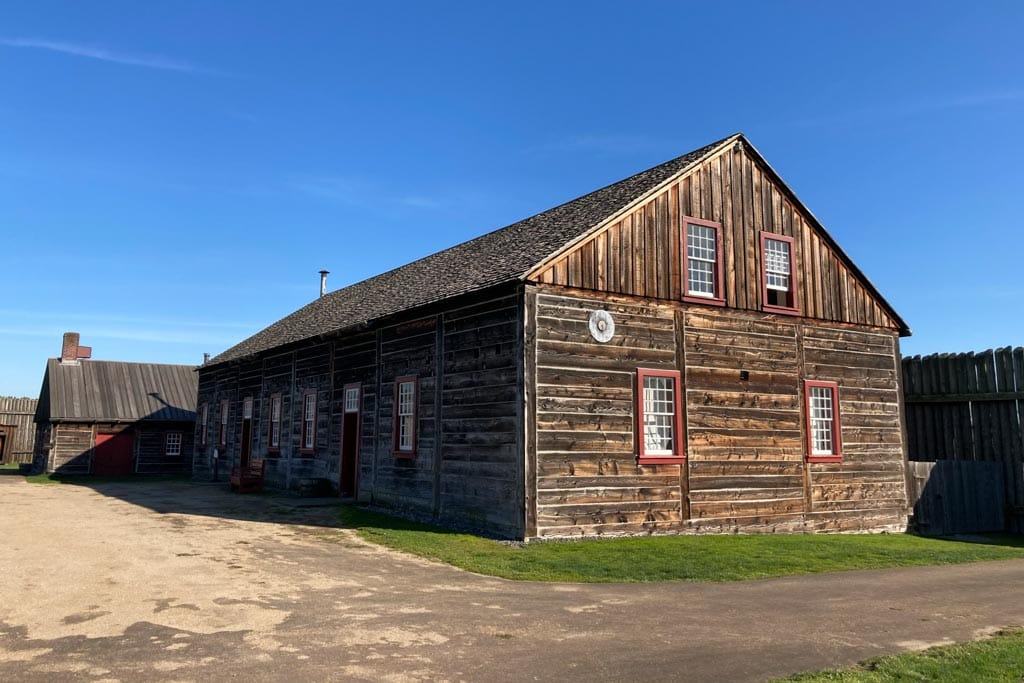
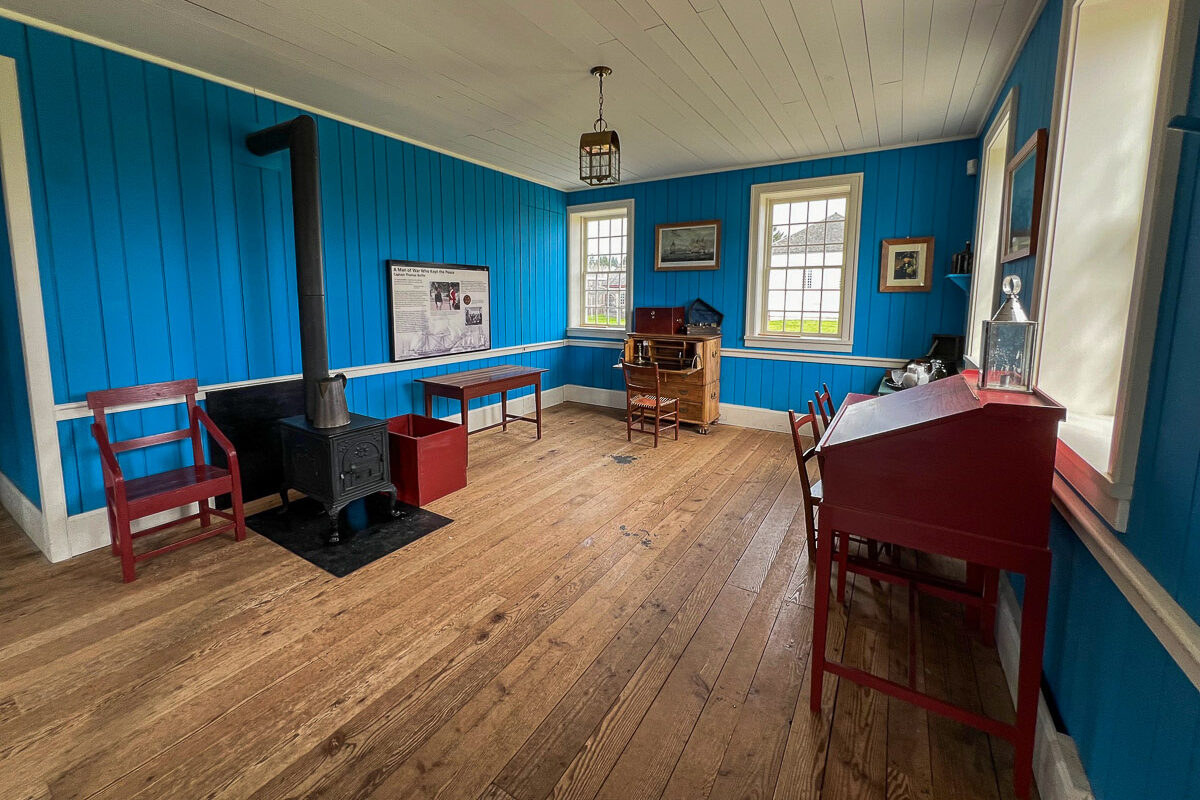
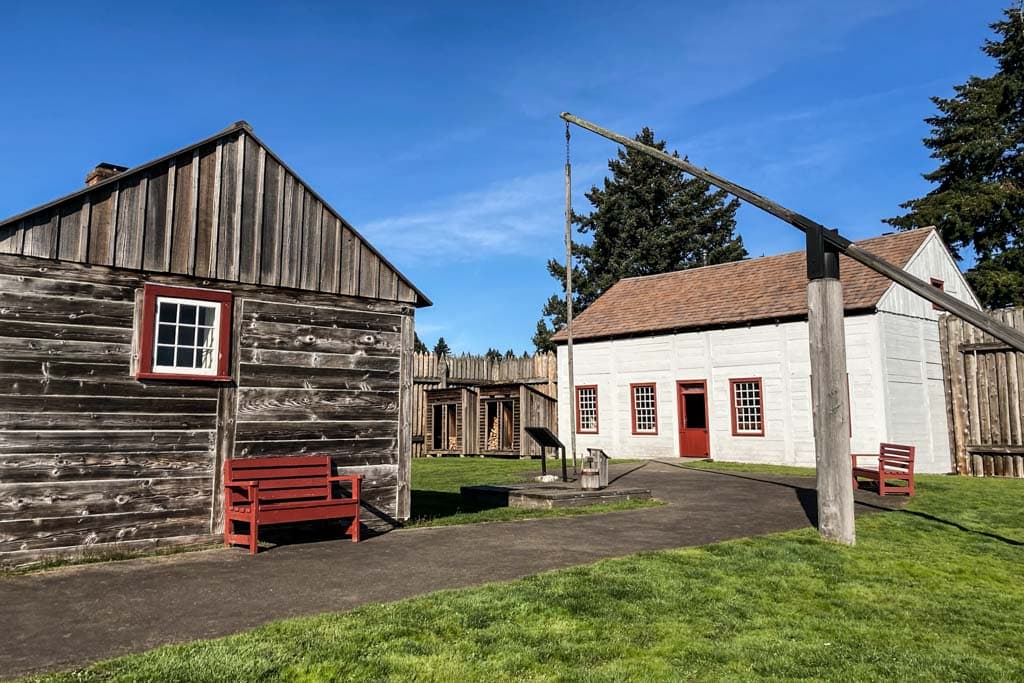
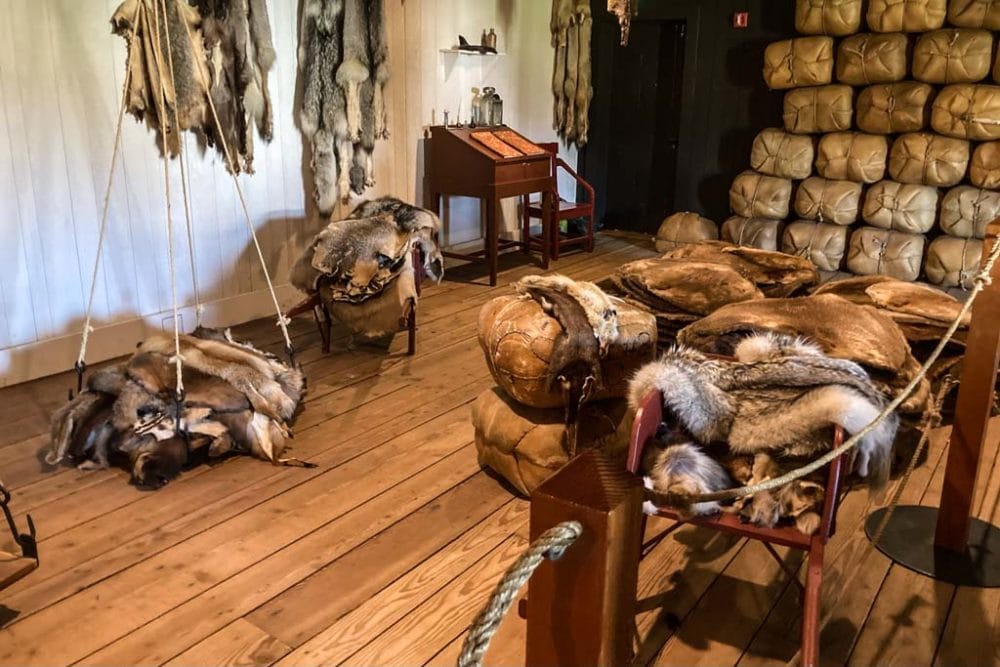
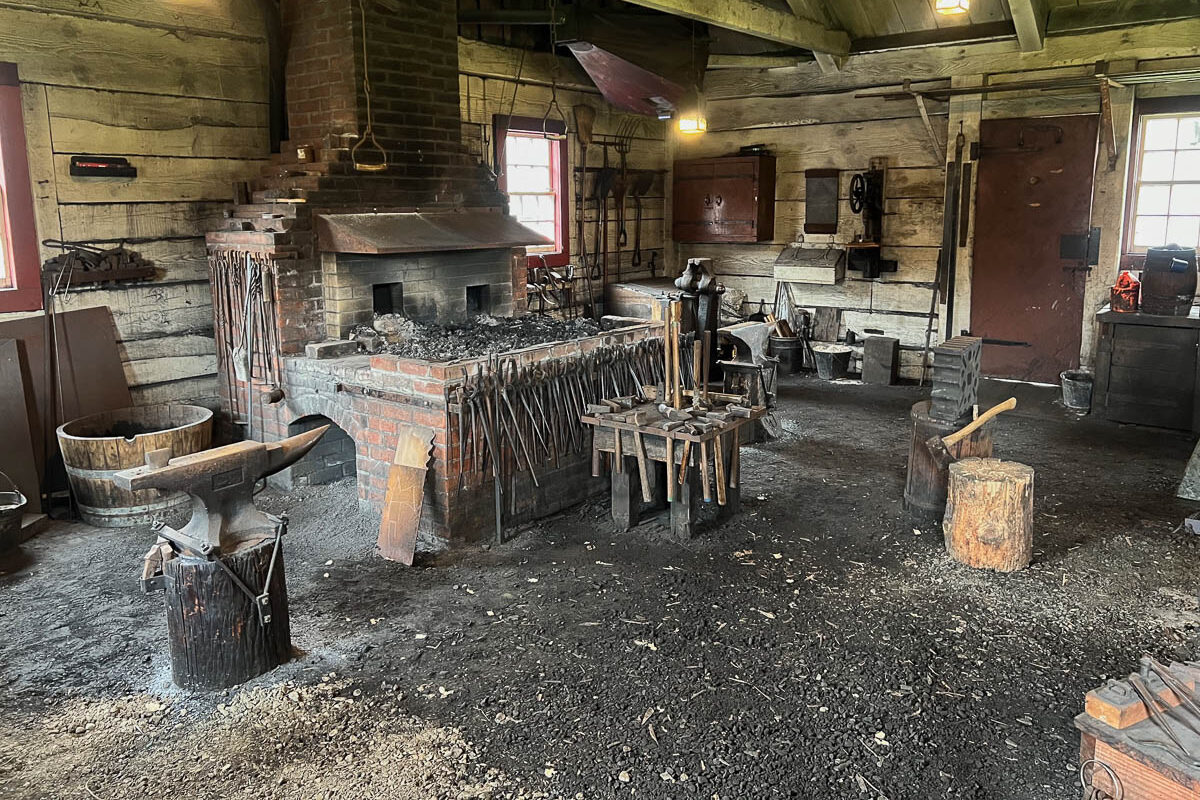
2. Vancouver Barracks
Just outside the reconstructed fort lies Vancouver Barracks, the first U.S. Army post in the Pacific Northwest.
Previously known by a variety of different names, such as Camp Vancouver, Columbia Barracks, and Fort Vancouver, the barracks were active for over 150 years and played a role in nearly every major American conflict from the Civil War to World War II.
Highlights include:
- Officer’s Row: A collection of 21 stately Victorian homes that housed military officers and their families. Some houses are now used as museums or administrative offices, while others function as private residences or commercial spaces (including a restaurant and gift shop).
- The Grant House: The oldest residence on Officer’s Row, it’s named after Ulysses S. Grant, who was briefly stationed at Vancouver Barracks in the 1850s. Today, it serves as a restaurant and event space, offering a chance to dine in a historic setting.
Walking through the barracks provides a visual timeline of architectural and military history, with structures from the 19th and 20th centuries coexisting on one campus.
3. The Village
Located just outside of Fort Vancouver, which housed officers, the Village was where the working class lived. It was one of the most vibrant and important parts of the HBC’s Fort Vancouver.
This lively neighborhood was home to multicultural families who lived in one-room or two-room cabins. Additionally, the Village was also a hub of industry and services, with facilities ranging from a salmon processing plant to a hospital.
It’s a short stroll from the fort to the two reconstructed Village houses. On clear days, you can clearly see the triangular peak of Mt. Hood in the distance.
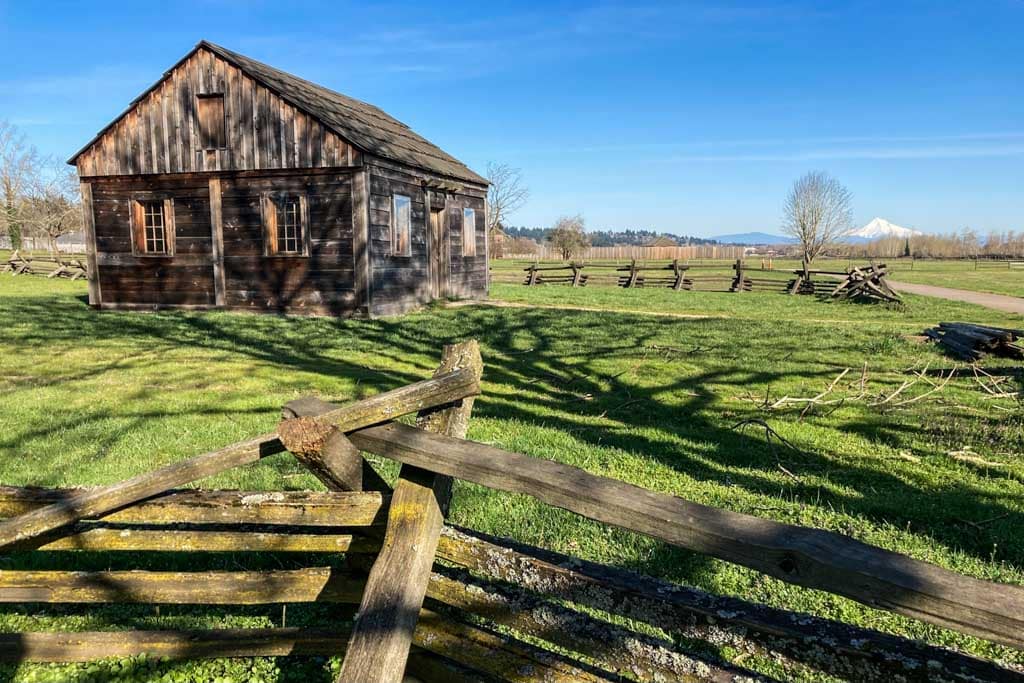
4. Pearson Air Museum and Historic Hangar
Adjacent to the fort is Pearson Field, one of the oldest continuously operating airfields in the United States, and home to the Pearson Air Museum. This museum offers an engaging look at the early days of aviation, as well as the region’s role in aerospace innovation.
Key exhibits and features include:
- Vintage Aircraft: View a collection of rare and restored planes from the early 1900s to World War II.
- Interactive Displays: Simulators, flight instruments, and model aircraft give visitors a hands-on experience.
- The Chkalov Flight: One of the museum’s highlights is the story of Soviet aviator Valery Chkalov, who in 1937 made the first transpolar flight from Moscow to Pearson Field—an event that placed the small airfield into international headlines.
Kids and adults alike enjoy the hands-on exhibits, and it’s an ideal stop for aviation enthusiasts.
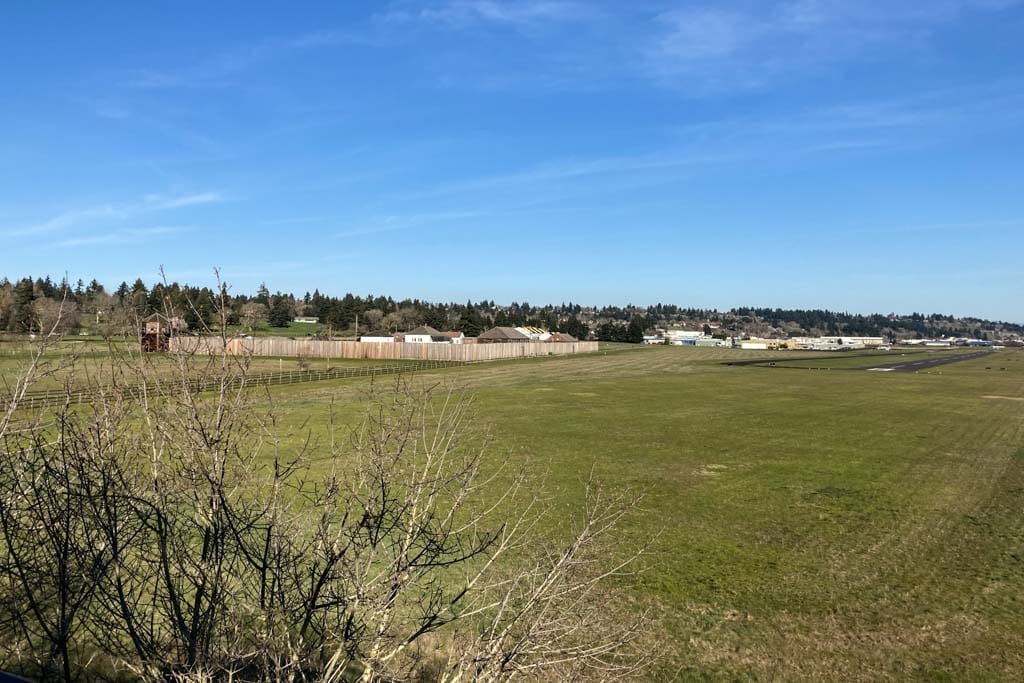
5. The McLoughlin House Unit (Oregon City, Oregon)
Located about 30 minutes south of Fort Vancouver in Oregon City, this unit is part of the official Fort Vancouver National Historic Site. It’s the preserved home of Dr. John McLoughlin, known as the “Father of Oregon.”
After retiring from the Hudson’s Bay Company, McLoughlin moved to Oregon City and became a U.S. citizen, helping many American pioneers settle in the Willamette Valley.
The home is beautifully restored and open for guided tours. Exhibits tell the story of McLoughlin’s life, his legacy, and the transition of the Oregon Territory from British to American control.
While it’s a separate location, the McLoughlin House completes the narrative of the region’s history and is a worthwhile side trip.
Things to Do at Fort Vancouver National Historic Site
📜 Guided Tours and Living History Programs
Rangers and volunteers offer guided tours year-round, focusing on various themes such as:
- Fur trade and HBC operations
- Military life at the barracks
- Women’s lives on the frontier
- Archaeology and preservation
During special events, costumed interpreters reenact historical scenarios, giving visitors an immersive experience of life in the 1800s. These living history programs include musket firings, cooking demos, holiday celebrations, and even period dances.
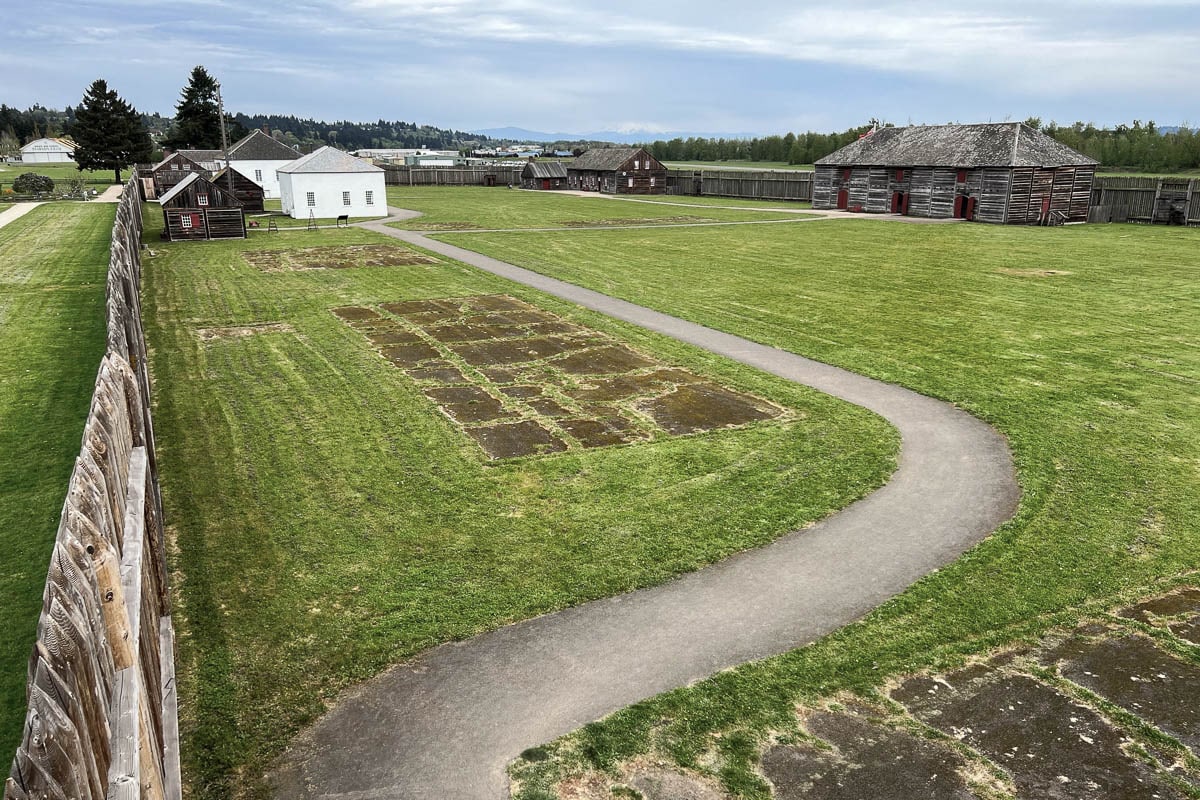
🌳 Trails and Walking Paths
The site features miles of paved and natural trails connecting all its major units, ideal for walking, jogging, or biking. The Discovery Historic Loop Trail links the fort with Officer’s Row, Pearson Air Museum, and the Columbia River waterfront.
Interpretive signs along the trails provide historical context, and scenic viewpoints offer opportunities for photography and quiet reflection.
🧺 Picnicking and Recreation
The spacious grounds are perfect for a family picnic, with plenty of shady trees and grassy areas. There are picnic tables available near Pearson Field and scattered around the park.
Throughout the year, Fort Vancouver hosts community events, outdoor concerts, and reenactments—perfect for making a day of your visit.
🎓 Educational Programs and Field Trips
Fort Vancouver is a hub for educational experiences. Schools from across the Pacific Northwest visit for immersive field trips tailored to curriculum standards in history, science, and cultural studies. The park offers:
- Classroom resources
- Teacher workshops
- Interactive student experiences
- Junior Ranger programs
Kids can earn a Junior Ranger badge by completing an activity book during their visit.
📷 Photography and Birdwatching
From historic architecture and reconstructed buildings to scenic river views and wildlife, the site is a photographer’s dream. Early morning and golden hour are especially beautiful.
Birdwatchers can spot eagles, hawks, and migratory birds along the Columbia River. The gardens and open fields also attract butterflies and native pollinators.
🛍️ Visitor Center and Bookstore
Start your visit at the Visitor Center, where you can:
- Pick up maps and brochures
- Get current information on tours and events
- Watch an orientation film
- Explore the well-curated bookstore and gift shop, which offers regional books, educational toys, crafts, and souvenirs
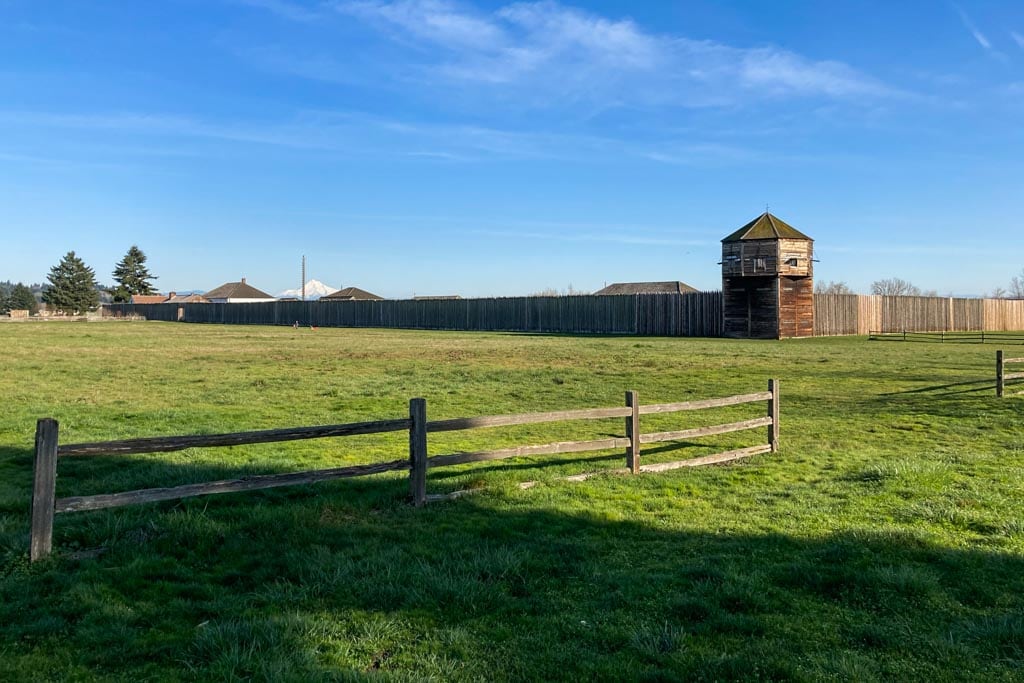
Visitor Tips
- Admission: Entrance to the park grounds, Pearson Air Museum, and McLoughlin House is generally free, though donations are welcome. To visit the reconstructed Fort Vancouver, you have to pay a $10 entrance fee. Check the NPS website for any seasonal changes.
- Hours: Park grounds are open 24/7, but the Visitor Center, reconstructed Fort Vancouver, and Pearson Air Museum are open from Tuesday through Saturday from 9 a.m. to 4 p.m. Make sure to check the NPS website for seasonal closures.
- Accessibility: Many parts of the site, including the fort, museum, and several trails and paths, are wheelchair accessible. Accessible restrooms and parking are available.
- Nearby Amenities: Downtown Vancouver offers restaurants, coffee shops, and hotels within walking distance. The Vancouver Waterfront and Esther Short Park are great add-ons to your itinerary.
Fort Vancouver National Historic Site offers an unforgettable experience that brings the stories of the Pacific Northwest vividly to life.
Whether you’re tracing the footsteps of fur traders, exploring the lives of early military personnel, or marveling at early aviation feats, each corner of the park adds another fascinating layer to this rich historical tapestry.
With its blend of heritage, education, and recreation, Fort Vancouver isn’t just a window into the past—it’s a dynamic cultural destination that continues to inspire curiosity and appreciation for the people and events that shaped the American West.




